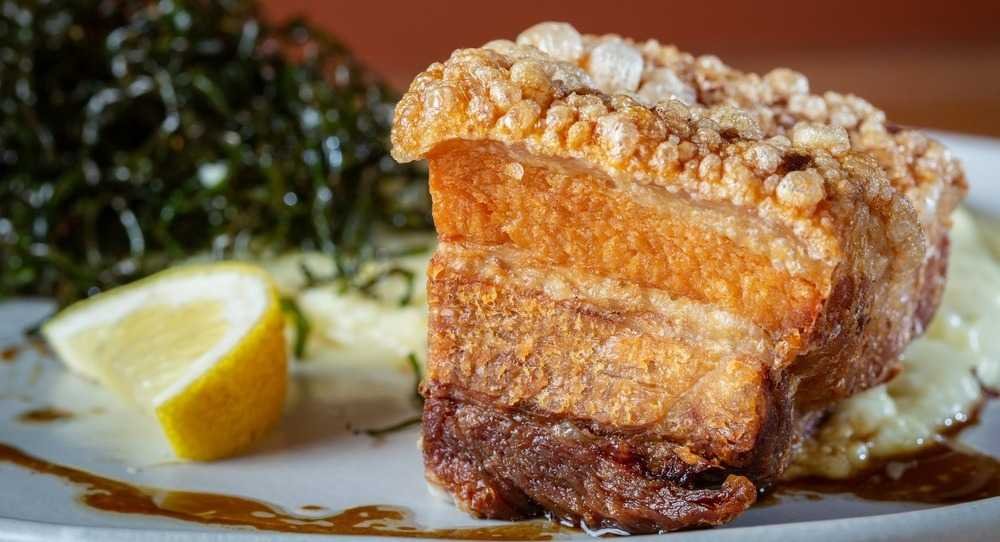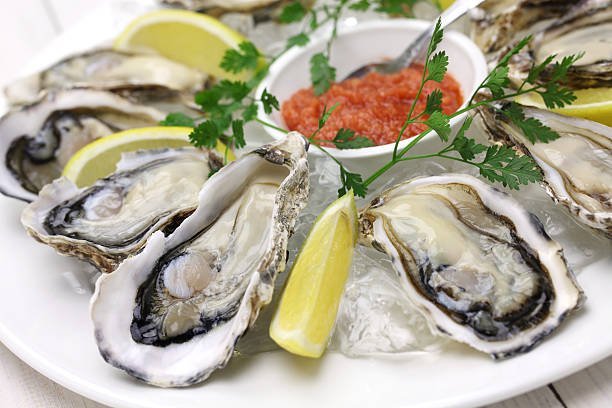
Does Eating Bread Raise Your Cholesterol? What Should You Not Eat If Your Cholesterol is Too High? 5 High-cholesterol Foods to Avoid
Delicious processed foods always make people salivate, but the hidden health risks behind them, such as high fat, high sugar, lack of fiber, etc., can easily lead to high cholesterol, and even increase the risk of hyperlipidemia, hypercholesterolemia, and other diseases. Risk of cardiovascular disease.
This article introduces 5 high-cholesterol foods that can easily lead to excessive cholesterol, to help you avoid such foods in time, effectively control the cholesterol concentration in the body, and prevent cardiovascular diseases.
Who is prone to high cholesterol?
How to judge whether a person’s cholesterol (Cholesterol) is too high? You can conduct cholesterol self-test through 4 values, including whether the total cholesterol is higher than 200mg/dl, whether the triglyceride concentration is higher than 150mg/dl, and whether the low density Whether the lipoprotein concentration is higher than 130 mg/dl, and whether the high-density lipoprotein is lower than 40 mg/dl for men and lower than 50 mg/dl for women.
However, high cholesterol levels are not necessarily exclusive to overweight people. People of normal weight or slender figures, and even those who have been vegetarians for a long time, may also have high cholesterol levels. Generally speaking, diabetics, the elderly, and those with poor eating habits, lack of exercise, long-term smoking, and alcoholism are all at higher risk of high cholesterol. It is recommended that regular health check-ups be carried out to track changes in blood fat.
What should you not eat if your cholesterol is too high? 5 high-cholesterol foods it’s better to eat less
If you want to improve the problem of high cholesterol, in addition to changing your bad habits, you should also pay more attention to your daily diet so as not to accidentally eat too much cholesterol. The following is a list of 5 high-cholesterol foods that are recommended to be consumed in reduced amounts:
1.Cuttlefish
Cuttlefish is rich in vitamin B3. Moderate consumption can help maintain blood sugar and reduce the risk of diabetes. The vitamin E and taurine in it have excellent antioxidant capabilities and can effectively protect the heart and blood vessels.
However, according to the Food Nutrients Database, every 100 grams of cuttlefish contains 193 mg of cholesterol, which is a high-cholesterol food. If too much is taken in at one time, total cholesterol may exceed the standard and lead to various cardiovascular diseases.

2.Bread
Many people buy bread for breakfast, but long-term consumption may lead to high cholesterol. Since bread is mostly reprocessed flour products, a lot of butter, sugar or other artificial flavors are usually added during the manufacturing process, such as the white toast, roasted pineapple and puff pastry bread that we usually eat. It is dense, but contains a lot of starch and fat, which will make people eat a lot of calories unknowingly.
It is recommended that when choosing bread, the public can mainly choose European-style multigrain bread with less or no butter, or buy steamed buns, rice balls, steamed buns or sandwiches to alternate between them to supplement different nutrients and reduce the risk of high cholesterol or hyperlipidemia.

3.Pork, beef
People with high cholesterol should try to avoid eating fatty parts such as pork belly, plum blossoms, sausages, bacon, sirloin, beef short ribs and animal offal. You can usually switch to lean meat with less fat content, remove the fat first when cooking, and use boiling or stewing instead of frying or pan-frying to reduce fat intake and reduce cholesterol levels. probability.

4.Oyster
Oysters are also called oysters or green oysters. Every 100 grams of oysters contains 47 grams of cholesterol. If they are often fried and cooked without controlling the amount of food consumed, you may accidentally consume too much dietary cholesterol.
It is recommended that oysters be boiled instead of fried; the total fat and saturated fatty acids contained in oysters are lower than those of pork and beef. If oysters are eaten in moderation, they are rich in Omega-3 unsaturated fatty acids, which not only have anti-inflammatory effects , also helps lower blood pressure and reduce the risk of atherosclerosis, dyslipidemia and other diseases.

5.High-fat meat and starchy meals
Restuarant usually use mostly fatter and tender parts of meat, and the food is topped with an extra layer of sauce rich in lard or chicken fat. Overall, the fat content usually exceeds the standard. In addition, common meals in fast food restaurants such as fried rice, fried noodles, fried chicken, hamburger, etc. are all dishes with a lot of starch and fat added. They are not only high in calories and heavy in taste, but also nutritionally unbalanced.
In order to avoid raising cholesterol, leading to high blood pressure and hyperlipidemia, and even cardiovascular disease, it is recommended that eaters reduce the frequency of eating fast food, and eat hot vegetables, an egg or other side dishes to increase the intake of dietary fiber and other vitamins.












